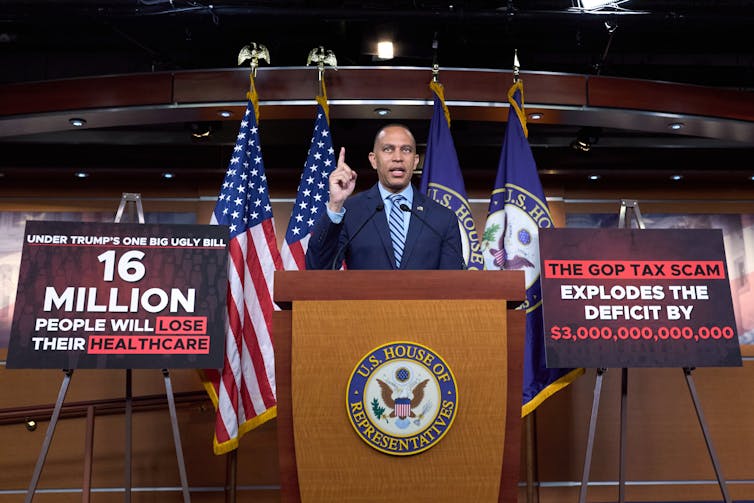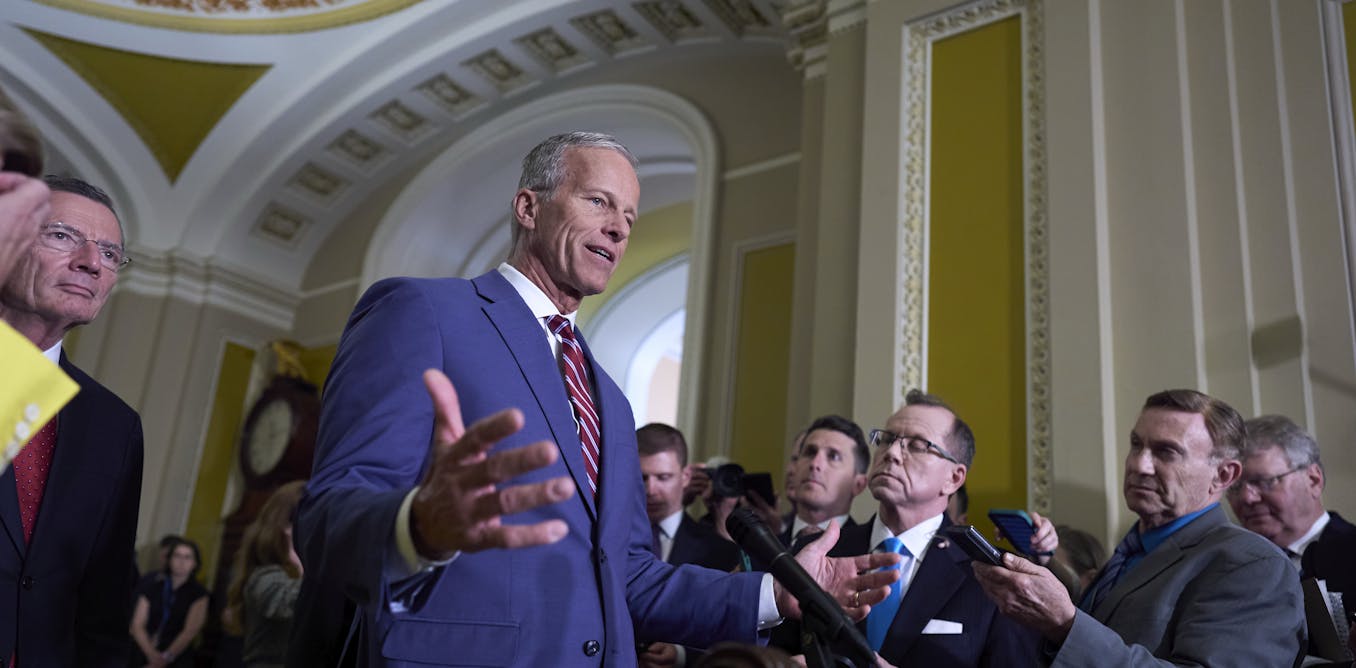In the intricate world of U.S. politics, the term “reconciliation” might evoke thoughts of harmony, but on Capitol Hill, it signifies a legislative mechanism that allows the ruling party to enact major fiscal policies with minimal opposition. This potent tool has been pivotal in passing influential legislation, such as the Inflation Reduction Act and the significant tax cuts of 2017.
Currently, reconciliation stands at the forefront of the heated budget debates. Senate Republicans are pushing forward their rendition of the “One Big Beautiful Bill Act” (OBBBA), which successfully navigated the House in May 2025. This legislative strategy has been a double-edged sword, facilitating major tax and spending changes, yet often bypassing transparent debate and scrutiny.
Understanding Reconciliation
Introduced through the Congressional Budget Act of 1974, reconciliation was intended to align budgetary goals with fiscal policies, aiming to control deficits. The process has specific constraints: it must focus on budget-related issues, cannot alter Social Security or Medicare, and should not extend deficits beyond a decade. During reconciliation, a parliamentarian reviews the bill’s components to ensure compliance, eliminating sections that do not meet criteria.
In the Senate, reconciliation offers distinct procedural advantages, such as limiting debate to 20 hours and allowing passage with a simple majority of 51 votes, circumventing the usual 60-vote threshold required to overcome a filibuster. Over the years, this process has enabled the enactment of 23 reconciliation bills.
Increasing Reliance on Reconciliation
As the standard congressional budget process has faltered, reconciliation has become the go-to method for passing significant tax and spending legislation. Since 1974, the U.S. has seen numerous government shutdowns and short-term budget solutions, contributing to rising deficits and national debt.
Consequently, Congress has utilized reconciliation for major economic measures, including tax cuts in the early 2000s, the 2017 tax reforms, and the American Rescue Plan in 2021. However, this approach has notable drawbacks, including limited debate time, which leads to senators voting on extensive bills without thorough examination, and the difficulty in repealing enacted tax cuts.

AP Photo/J. Scott Applewhite
Details of the Current Bill
The “One Big Beautiful Bill Act” aims to extend President Trump’s tax cuts, set to expire by 2025, and introduces additional tax reductions, such as eliminating taxes on overtime and tips. It also proposes new Medicaid work requirements, repeals energy credits, and significantly cuts federal funding across various sectors, while increasing defense spending.
Analyses from the Congressional Budget Office and other organizations suggest the bill would exacerbate the nation’s fiscal challenges. With the national debt surpassing $36 trillion, the CBO projects that the House’s version of the bill could increase deficits by over $3.1 trillion in the next decade, largely due to the permanent extension of individual tax cuts from 2017.
Senate Scrutiny and Challenges
As the Senate deliberates over the reconciliation package, some Republicans have expressed reservations. Holding a narrow majority, Senate Republicans must rely on reconciliation to pass their version, which retains a bias towards tax cuts for the wealthy and corporations.
The Senate proposal employs an accounting tactic that makes the extension of the 2017 tax cuts seem cost-neutral, though it would significantly increase national debt. This approach diverges from standard fiscal practices and obscures the true cost, potentially adding $500 billion more to the debt than the House’s version.
Manipulating the System
Intense negotiations and amendments are anticipated as the Senate works towards finalizing its version. Once done, a conference committee will reconcile differences between the House and Senate bills. President Trump has urged Congress to finalize the legislation promptly.
While reconciliation remains a crucial fiscal tool, its current application deviates from its intended purpose, prioritizing debt-laden policies over transparent policymaking. Estimates of the fiscal impact of the Senate’s bill reach up to $3.8 trillion over ten years, underscoring the necessity for genuine fiscal accountability.






